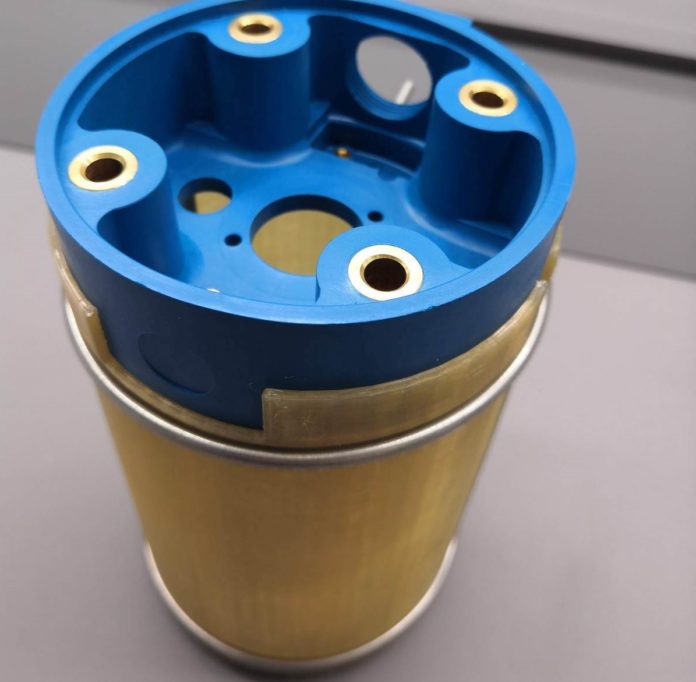Before the launch of its additive manufacturing brand KIMYA, French company ARMOR was first known for its expertise in the development of industrial formulations for inks and the coating of thin layers onto thin films. Over the years, the company has established a proven track record in providing solutions for a wide range of industries.
These experiences in various industries often complement each other and one industry where we witness the complementarity of these strengths today is the mobility sector, the railway field especially. Railway is a relatively new vertical when it comes to AM applications. It’s only a few years ago that we saw first applications that could be achieved using AM.
In the quest of new opportunities that can be achieved using the technology, a railway supplier reached out to KIMYA for the production of an obsolete part that used to be produced using moulds in 1982.
Leveraging the technologies of the Kimya factory, the team at ARMOR produced a plastic part solely from a paper plan and the 3D file of a train part originally made out of PVC.
“Designing a traditional mold would have required a longer development time and generated costs that could only be covered by producing thousands of parts. The Kimya Factory offers our partners a fit-for-purpose finished product using our own materials, all in small runs“, explains Pierre-Antoine Pluvinage, Business Development Director at Kimya – Additive Manufacturing by ARMOR.
The fabrication required the use of high performance materials such as PEKK SC. The latter meets the smoke/fire certification requirements of the EN45545 standard. Designed to withstand high temperatures (260°C / 500°F), the producer explains that the flame retardant material also delivers resistance against abrasion and chemicals.
“This collaboration required us to meet the certification standards of our customer’s business sector. This is why we decided to put forward the PEKK SC, a filament directly emanating from the Kimya Lab, our R&D center, as it meets the smoke/fire standards specified by the customer“, states Pierre-Antoine Pluvinage.
According to the Purchasing Manager of the railway supplier, given the wide range of parts and complex stocks to handle, additive manufacturing proved to be the right choice from the economic, technical and leadtime point of view. “Assembly testing conducted by ARMOR and the submission of the FAI quality file led to successful completion of the entire quality acceptance process for these additive manufacturing parts. Only 3D printing was able to meet our demands with such efficiency.”
Remember, you can post job opportunities in the AM Industry on 3D ADEPT Media free of charge or look for a job via our job board. Make sure to follow us on our social networks and subscribe to our weekly newsletter : Facebook, Twitter, LinkedIn & Instagram ! If you want to be featured in the next issue of our digital magazine or if you hear a story that needs to be heard, make sure to send it to contact@3dadept.com






